Jael with the Sisera's Head
Jael with the Sisera's Head is a copper engraving on laid paper in 1586 by the German engraver Matthaeus Greuter .
Representing one of the terrible heroines of the Old Testament, Giaele , whose story is told in the Book of Judges . After attracting Sisara , the Canaanite general defeated by the people of Israel, into his tent, he kills him in his sleep by sticking a nail in his skull. This moment is described in this small but very refined etching.
Monogrammed and dated on plate on the lower left margin, and indications of the names of the characters on plate.
In good conditions, except for a diffused foxing. A cream-colored passepartout is included (cm 31.7 x 24).
A copy of this original print is preserved at the British Museum in London.
Jael with the Sisera's Head is a copper engraving on laid paper in 1586 by the German engraver Matthaeus Greuter .
Representing one of the terrible heroines of the Old Testament, Giaele , whose story is told in the Book of Judges . After attracting Sisara , the Canaanite general defeated by the people of Israel, into his tent, he kills him in his sleep by sticking a nail in his skull. This moment is described in this small but very refined etching.
Monogrammed and dated on plate on the lower left margin, and indications of the names of the characters on plate.
In good conditions, except for a diffused foxing. A cream-colored passepartout is included (cm 31.7 x 24).
A copy of this original print is preserved at the British Museum in London.
Reference : G + W Denzel u. Georg Hamminger (Lugt 1159).
Matthaeus Greuter (1564–1638)
Matthaeus Greuter was also known as Matteo Greuter. In 1606, he went to Rome where he produced works for the Cardinal Scipione Borghese, Pope Paul V, for the Accademia dei Lincei, and Pope Urban VIII. He realized the copperplate etchings of sunspots for Galileo's Letters on Sunspots and the illustrations for Christoph Scheiner's Rosa Ursina.
Greuter is well-known for his plans and maps. His first globe map was created in 1632 and was dedicated to Jacobo Boncompagno. It was based on an earlier globe by Willem Blaeu. He made a "celestial globe" depicting the constellations in 1635, also based on Blaeu, who had used the data of Tycho Brahe.




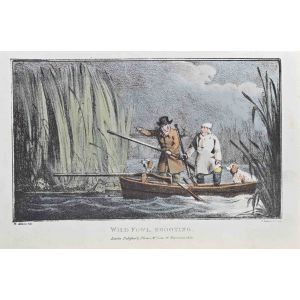


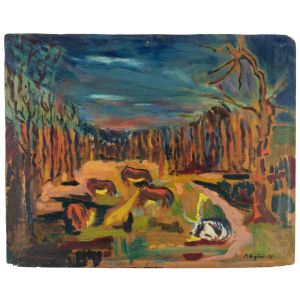
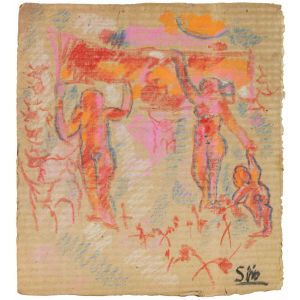
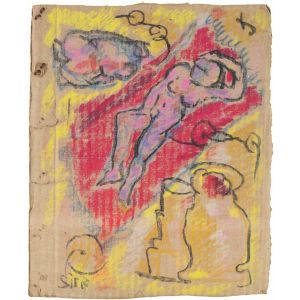
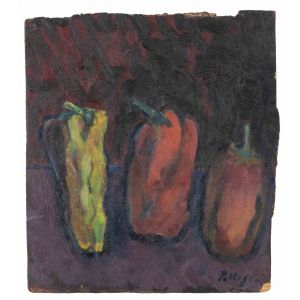
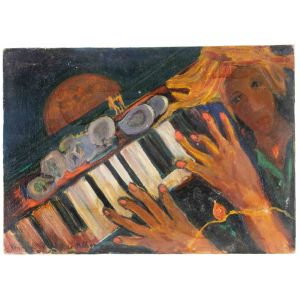
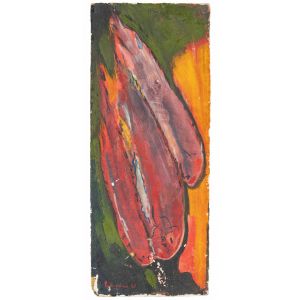
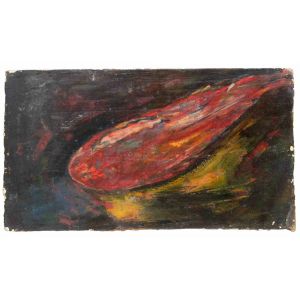
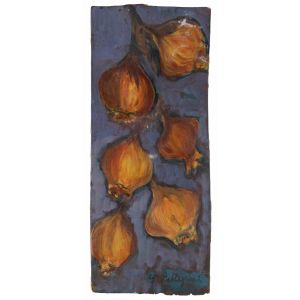
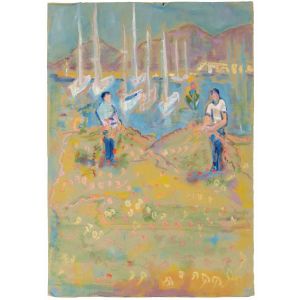
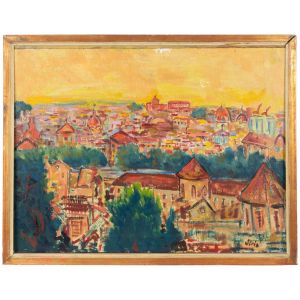
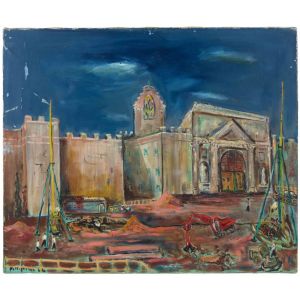
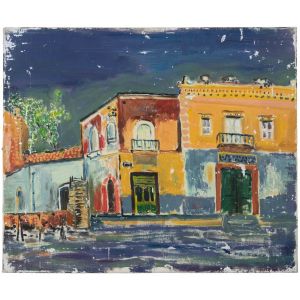
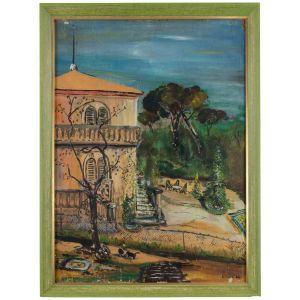


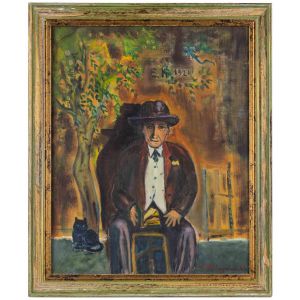


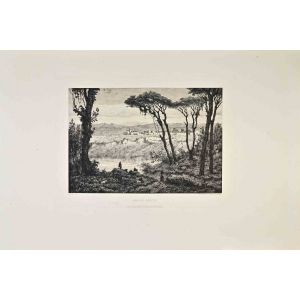
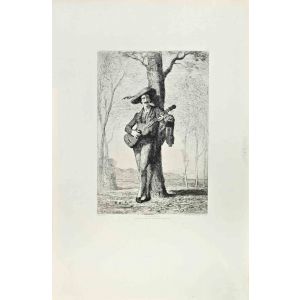







Validate your login
Sign In
Create New Account